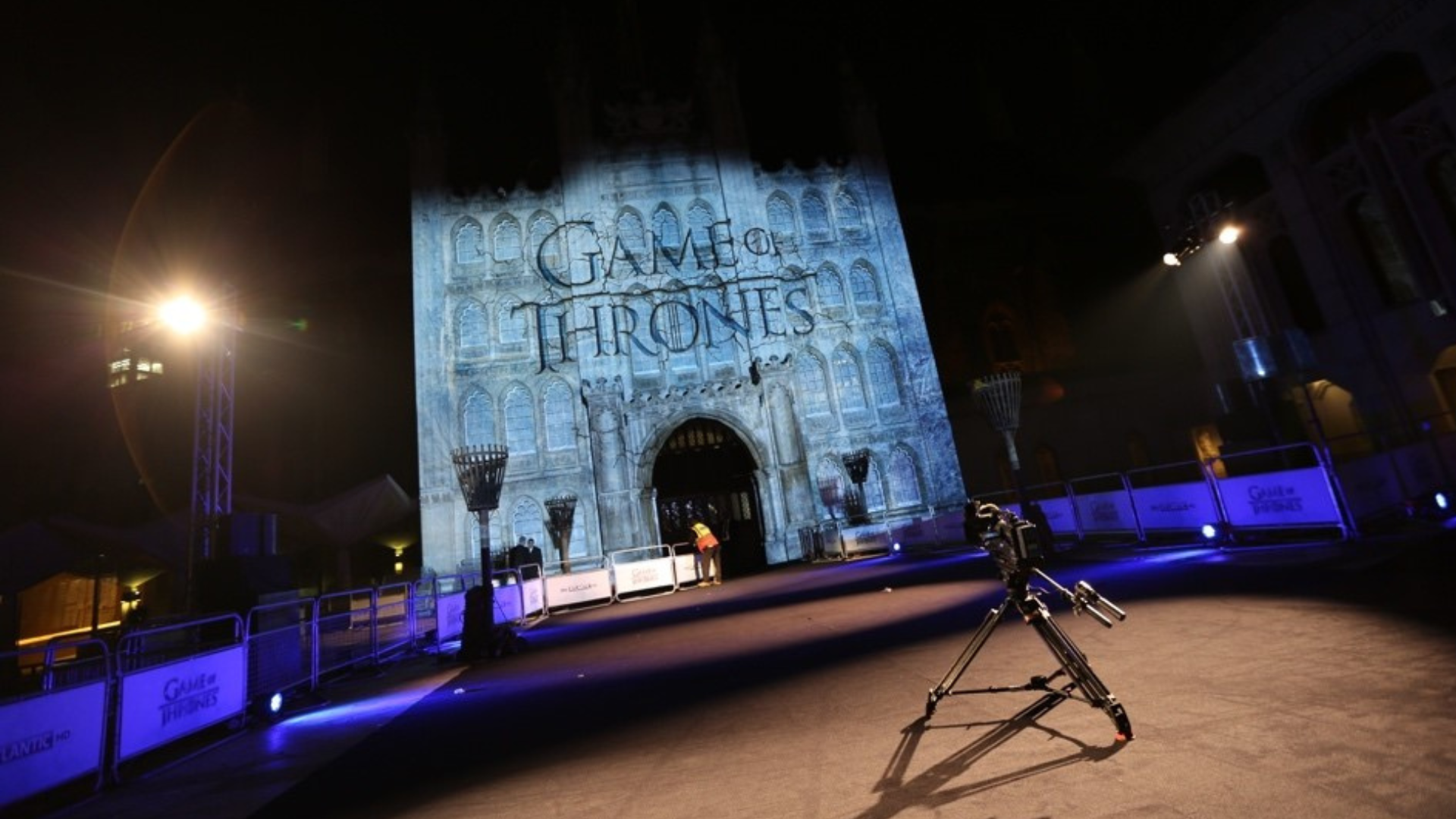

June, 2024
Both art and advertising have significantly evolved in recent decades. From murals and graffiti to artistic interventions and performances associated with advertising, artists and communicators have sought innovative ways to interact with public spaces.
One of the most recent and impactful advertising trends is the use of street projections. This medium not only transforms the perception of the urban environment but also offers a powerful platform for artistic expression while significantly enhancing brand recall and positioning advertisers as innovators.
What are street projections?
Street projections are a form of urban art and advertising where light projectors are used to display images, videos, or animations on public surfaces such as buildings, streets, and monuments.
The projections are temporary and can change quickly, allowing advertisers to create dynamic and immersive visual experiences. This flexibility enables brands to respond rapidly to current events and connect with a younger and more dynamic audience.
History and evolution
The use of projections in public spaces is not entirely new. As early as the 1960s and 1970s, artists like Krzysztof Wodiczko began using projectors to overlay images on buildings, exploring political and social themes.
However, it was with the advancement of digital technology and high-resolution projectors that street projections began to gain popularity and sophistication. From the 1980s and 1990s, projections started to be integrated into cultural events and festivals, standing out for their ability to transform spaces and surprise audiences.
With the advent of the new millennium, technology further advanced, allowing artists to create more detailed and precise projections, expanding creative possibilities. Today, street projections are not only a tool in the arsenal of many urban artists but also of major brands and advertisers.
Technology in street projections
Street projections rely on several key technological components:
1. High-power projectors: capable of projecting sharp and bright images on large surfaces. These projectors have advanced significantly in recent years, allowing artists and brands to work in illuminated urban environments while achieving a significant visual impact.
2. Projection mapping software: these software tools allow for adjusting and distorting images to fit irregular surfaces, a crucial aspect to ensure that projections integrate harmoniously with the architecture of the environment.
3. Portable power generators: especially useful for projections in locations without direct access to electricity. These generators allow brands to take their projections to virtually any location, expanding the boundaries of where and how they can create advertising spaces.
4. Digital content: creating specific digital content for such ads and projections, whether animations, videos, or static images, is essential. Technologies like 3D mapping have enabled the creation of impressive visual effects that interact with different architectures in innovative ways.
Impact on society and the urban environment
Street projections can radically transform the appearance of urban spaces, creating a dialogue between architecture, art, advertising, and consumers. These interventions can be used both in a protest and activism context, as well as to enrich festivals and public celebrations.
Regarding advertising and marketing, this technique offers innovative and memorable campaigns that, to date, do not saturate the market, so the most innovative and young brands are beginning to use them to launch products and advertising campaigns that capture the attention of large audiences, while positioning themselves as innovative and disruptive.
The guerrilla projection concept: strategies and execution
The guerrilla projection concept has become popular as an effective strategy to capture public attention and generate a significant visual impact. Both companies and artists can use projections to create brand visuals on buildings, reaching up to 15,000 people per night. Guerrilla projections can be up to 12x6 meters in size and can be deployed in presentation or video format.
How to create street projections
If you're interested in exploring this medium, here are some basic steps to get started:
1. Choose a location: find a suitable location according to the needs of your advertisement, the target audience, and ensure it has a large and visible surface for your projection.
2. Plan the design: as with all advertising campaigns, design is a key piece to impact users. Make sure to have creative experts who include, in addition to impactful images or videos, the necessary technical specifications for a correct projection.
3. Get the necessary equipment: projectors must be suitable for this type of projection, ensuring they have sufficient power for the chosen space and expected light conditions. It is also advisable to have a portable power generator.
4. Projection mapping: to adjust the design to the chosen surface, projection mapping software must be used. This ensures that the images are projected correctly, and the result is optimal from all angles.
5. Installation and projection: setting up the equipment in the chosen location for the projection is crucial, so be sure to test it beforehand and make necessary adjustments to achieve the best result. It is best to hire an expert team for this.

In conclusion
Street projections represent an exciting and powerful form of advertising that combines technology and creativity. They offer brands a versatile platform to transform public space, communicate with consumers, and make bold and innovative brand statements, so we are likely to see significant growth in this new form of art and advertising.
As more artists, advertisers, and creatives adopt this technique, we can expect an even greater variety of innovative projects that challenge our perceptions and enrich our urban experiences. For all these reasons, street projections, with their ability to surprise, inspire, and provoke reflection, will remain a vital tool in today's advertising landscape.